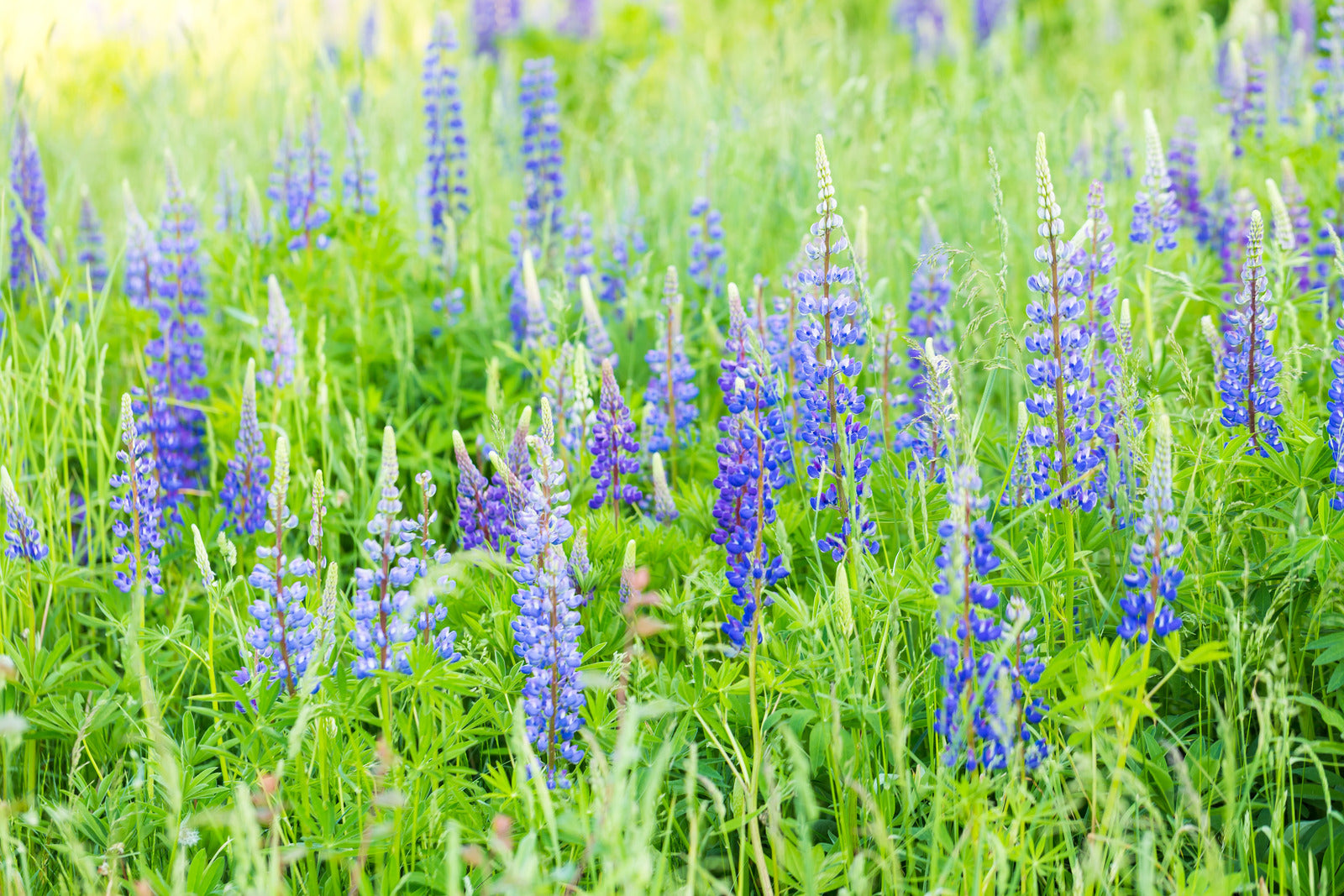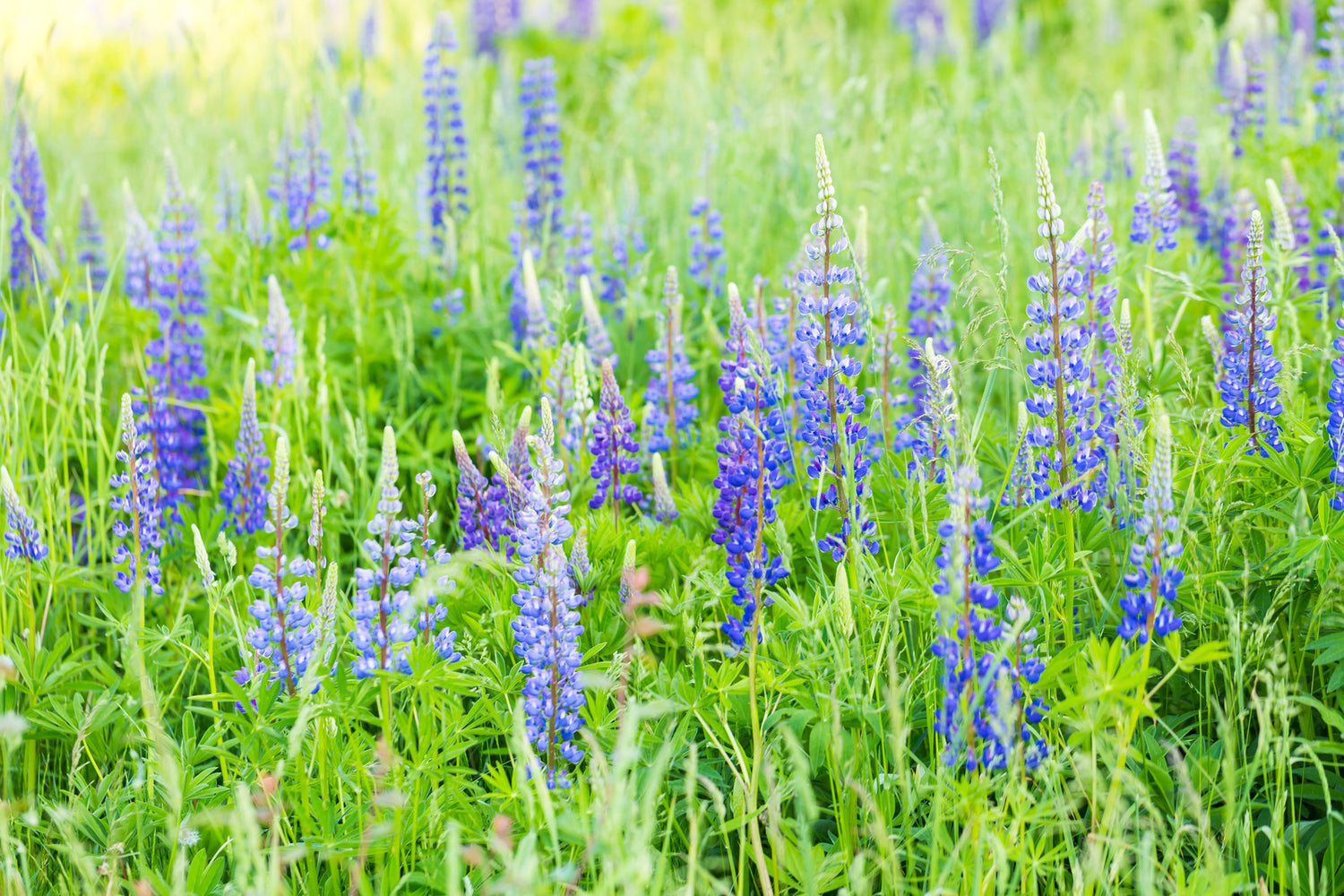1
/
of
1
LUPINUS PERENNIS / SUNDIAL LUPINE
- Regular price
-
$23.95 CAD - Regular price
-
- Sale price
-
$23.95 CAD
Shipping calculated at checkout.
Couldn't load pickup availability
Delivery Fees
Delivery Policy
Enjoy FREE delivery on all orders over $149!
For orders between $80 and $149, a $18.99 delivery fee will apply.
Orders under $80 will be prompted to add more items to your cart.
- Distinctive Flower Spikes: Wild Lupine produces showy spikes of pea-like flowers that are arranged in vertical clusters. The flowers can vary in color, including shades of blue, purple, and occasionally pink or white.
- Leguminous Nitrogen Fixer: Like other members of the legume family, Lupinus perennis has the ability to fix nitrogen in the soil with the help of nitrogen-fixing bacteria in its root nodules. This can contribute to soil fertility and benefit neighboring plants.
- Wildlife Habitat: Wild Lupine is a valuable plant for supporting wildlife. It serves as a host plant for the larvae of several butterfly species, including the endangered Karner Blue Butterfly. The nectar-rich flowers attract bees and other pollinators.
- Adaptability to Various Soils: Wild Lupine is adaptable to a range of soil types, including sandy and well-drained soils. It is often found in habitats such as open woods, prairies, and sand dunes.
- Early to Mid-Spring Blooms: The flowering period of Lupinus perennis typically occurs in early to mid-spring, adding a burst of color to naturalized landscapes during this season.
- Drought Tolerance: Once established, Wild Lupine exhibits good drought tolerance. This makes it suitable for gardens in regions with periodic water shortages.
- Naturalizes and Self-Seeds: Wild Lupine has a tendency to naturalize and self-seed, forming colonies over time. This can be advantageous for those seeking low-maintenance and naturalistic garden additions.
- Conservation and Restoration: Because Wild Lupine plays a crucial role in the life cycle of the Karner Blue Butterfly, efforts to conserve and restore populations of this plant are often part of broader conservation initiatives for threatened butterfly species.
- SPREAD 40-45 CM
- HEIGHT 35-40 CM
- PLANT ZONE 3
- NATIVE TO ONTARO
Care Instructions
Different plants have different watering needs. Check the soil moisture by inserting your finger about an inch into the soil. If it feels dry, water the plant until the water drains from the bottom of the pot. Avoid overwatering, as it can lead to root rot.

LUPINUS PERENNIS / SUNDIAL LUPINE
- Regular price
-
$23.95 CAD - Regular price
-
- Sale price
-
$23.95 CAD
SALE
All Echinacea & Monarda, Buy 4 get 1 Free! No code required


